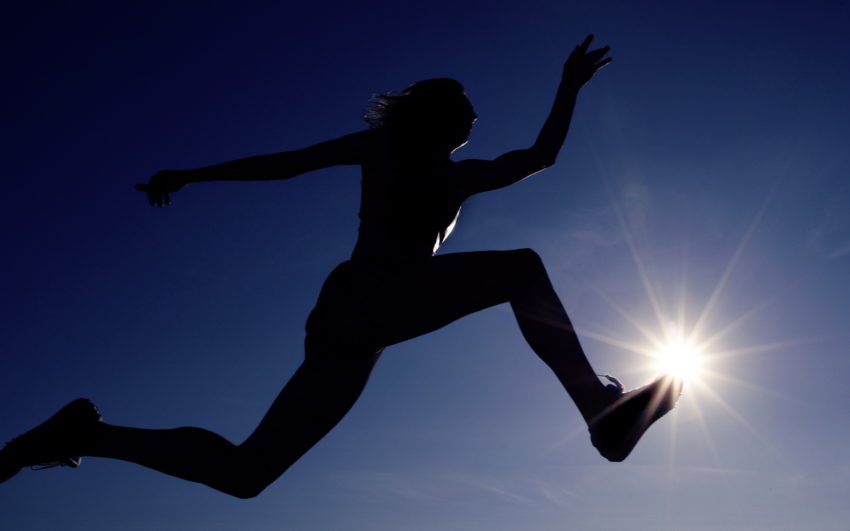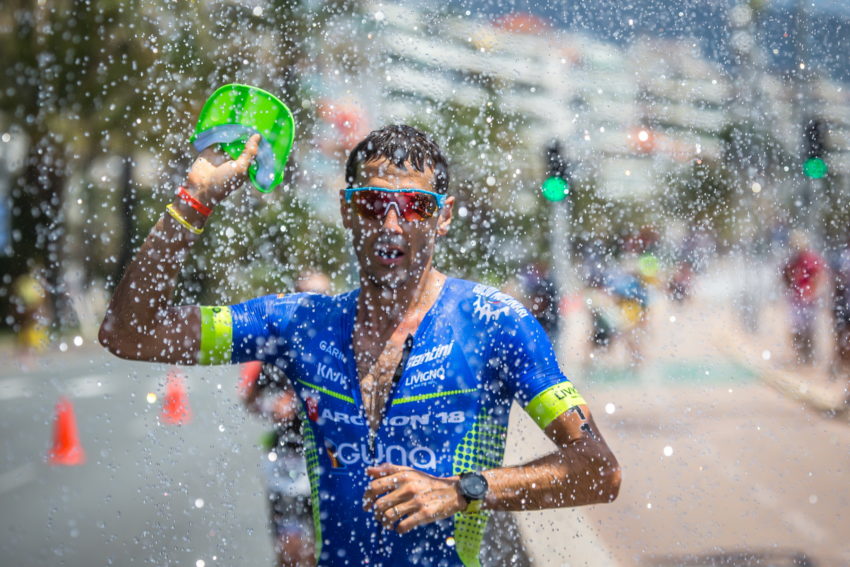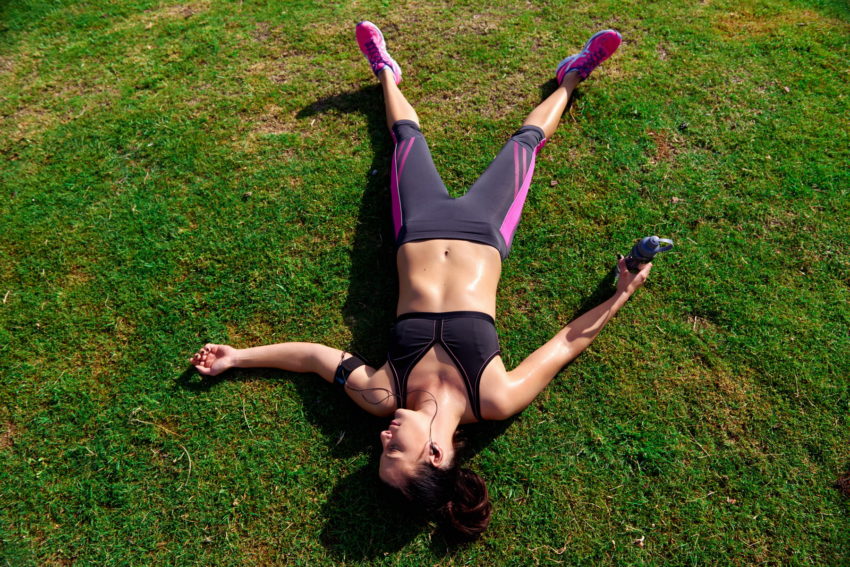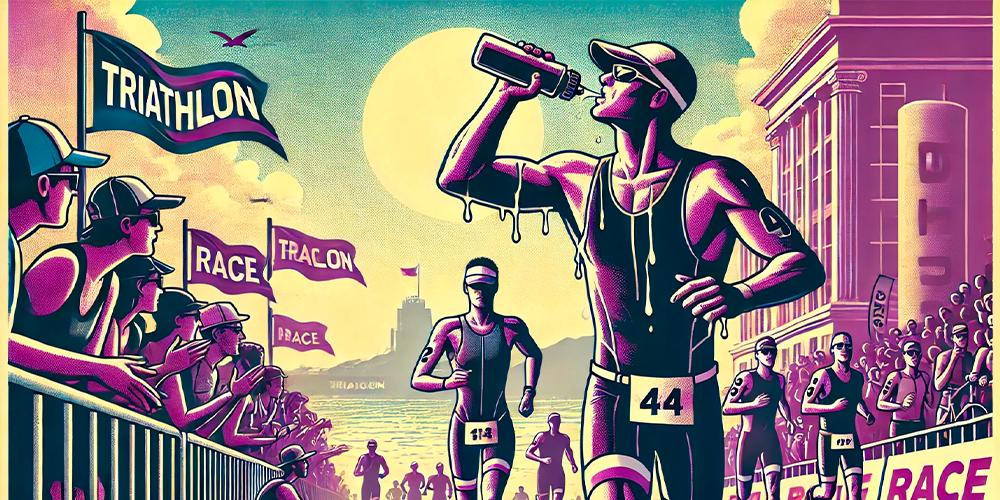Triathlon is a highly demanding sport, especially in hot conditions, often during summer races or exotic events such as the Ironman in Hawaii or Cozumel. The key to success lies in the ability to maintain a sustained and steady effort throughout the event, particularly during the running segment. Let’s look at how to push your limits while protecting your health.
Article published in TrimaX magazine
By J.B. Wiroth, PhD in Sports Science
This article is provided by Trimax Magazine, one of the leading triathlon magazines. Every month, discover free articles, athlete profiles, race tips, equipment advice, and more about triathlon, cycling, running, duathlon, and swimrun. Click here to learn more.
Heat and fatigue
When intense physical effort is combined with high temperatures, several phenomena can occur in the athlete, and their intensity increases with the heat.
The main problems encountered are hyperthermia and dehydration, which may later be accompanied by digestive disorders.
During sustained exertion, hyperthermia — or in extreme cases, heat stroke or sunstroke — occurs when thermoregulation mechanisms are overwhelmed. This happens when heat production (thermogenesis) exceeds heat dissipation (thermolysis).
Hyperthermia is therefore a major concern for triathletes, as it is likely one of the key factors in central fatigue. In swimming or cycling, this risk is lower thanks to cooling by convection from contact with water or airflow. However, during running, because the speed of movement is lower, dissipating heat becomes much more difficult.
A study (Ely et al., 2010) showed that performance is significantly impaired by high temperatures, with a higher mechanical cost of running at 40 °C compared to 21 °C.
Heat and dehydration
Dehydration is a direct consequence of sweating induced by exertion. Although sweating is regulated by complex automatic mechanisms, its rate mainly depends on the athlete’s body size (the larger the body, the more sweat produced), exercise intensity, weather conditions, and the initial hydration status.
When hydration is not properly maintained, the rapid reduction in plasma volume places an extra workload on the heart, which must compensate to ensure adequate blood flow. Recent studies (Kenefick et al., 2010) show that hypohydration combined with heat stress results in about a 1.6% performance decrease per degree of skin temperature rise. In other words, the less you drink, the more your body temperature increases… and the more performance drops.
The same study emphasizes that a high blood flow to the skin — necessary to dissipate heat — combined with reduced plasma volume represents a major cardiovascular strain and one of the key factors in decreased performance.

In practice
Delaying the onset of fatigue — whether central (nervous system) or peripheral (muscular) — is one of the keys to success in triathlon, especially when heat and humidity are present. With the combination of three disciplines, triathletes face specific challenges in preventing hyperthermia and dehydration.
Here are some practical tips to perform well despite the heat:
1. Acclimate to the heat:
Train during the hottest times of the day (midday) or arrive at the race location several days in advance to allow your body to adapt.
2. Choose appropriate clothing:
Wear a cap and light-colored, covering clothing to limit direct sun exposure and promote evaporation.
3. Wear sunglasses:
They reduce glare and the impact of bright light on the central nervous system.
4. Pre-hydrate in the days before the race:
Drink about 2 liters of water per day to build up fluid reserves.
5. Do a morning warm-up (about 4 hours before the start):
This helps the body better handle the heat, notably by activating heat shock proteins.
6. Plan your hydration strategy precisely during the race:
- From the first transition and throughout the bike leg: 500–750 ml/hour of an energy drink.
- While running: drink very regularly in small amounts. A drink slightly less concentrated than on the bike is ideal.
- Alternative: 1 energy gel (20 g) every 30 minutes, with a glass of water.
7. Increase sodium intake:
Adding a pinch of salt to each bottle improves water retention.
8. Use supplements containing caffeine:
Caffeine stimulates, among other things, the production of heat shock proteins (Whiteman M. et al., 2006).
9. Actively cool your muscles:
Pour cold water over yourself, especially during cycling (on climbs) and running, to help regulate core temperature. Target areas: thighs, neck, head.

Conclusion
The strategies to counter heat stress are relatively simple — provided you remember to implement them to perform at your best on race day. Applying these principles helps reduce the risks of dehydration, early fatigue, and a collapse in performance.
That said, recent research suggests that certain neurotransmitters, such as dopamine and noradrenaline, play a role in thermoregulation during exercise and in the onset of central fatigue (Roelands et al., 2010).
It is therefore likely that current recommendations will evolve in the coming years, particularly in the area of nutrition.

References
1. Aerobic performance is degraded, despite modest hyperthermia, in hot environments. Ely BR, Cheuvront SN, Kenefick RW, Sawka MN. Med Sci Sports Exerc. 2010 Jan;42(1):135-41
2. Novel Pre-Cooling Strategy Enhances Time Trial Cycling In the Heat. Ross ML, Garvican LA, Jeacocke NA, Laursen PB, Abbiss CR, Martin DT, Burke LM.Med Sci Sports Exerc. 2010 ay 27
3. Skin Temperature Modifes the Impact of Hypohydration on Aerobic Performance. Kenefick RW, Cheuvront SN, Palombo LJ, Ely BR, Sawka MN. J Appl Physiol. 2010 Apr 8
4. Effect of caffeine supplementation on the extracellular heat shock protein 72 response to exercise. Whitham M, Walker GJ, Bishop NC. J Appl Physiol. 2006 Oct ; 101(4):1222-7
5. Alterations in central fatigue by pharmacological manipulations of neurotransmitters in normal and high ambient temperature. Roelands B, Meeusen R. Sports Med. 2010 Mar 1;40(3):229-46

